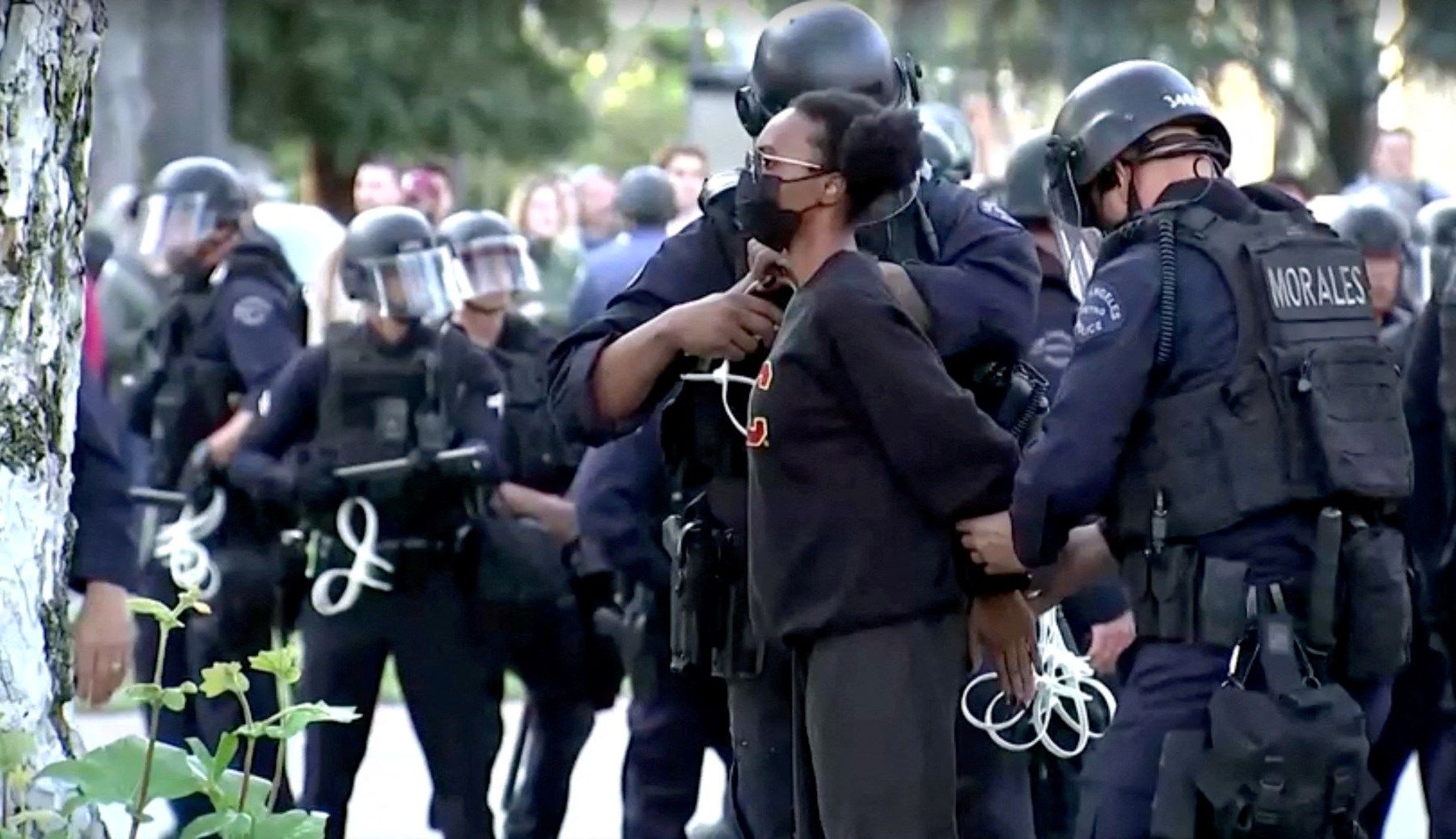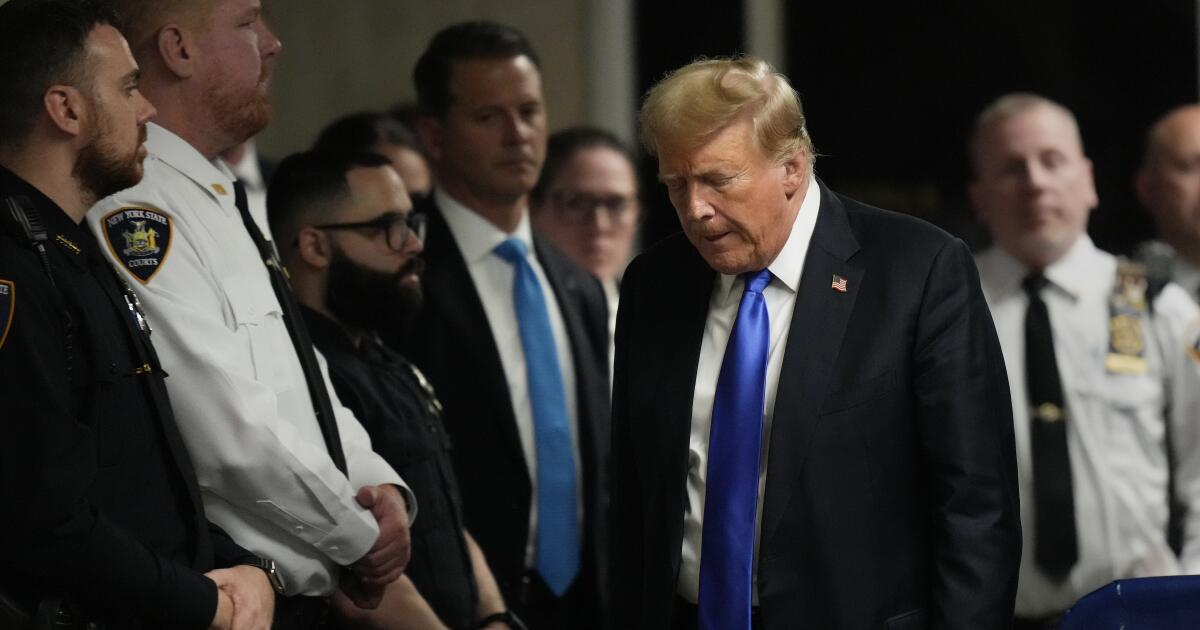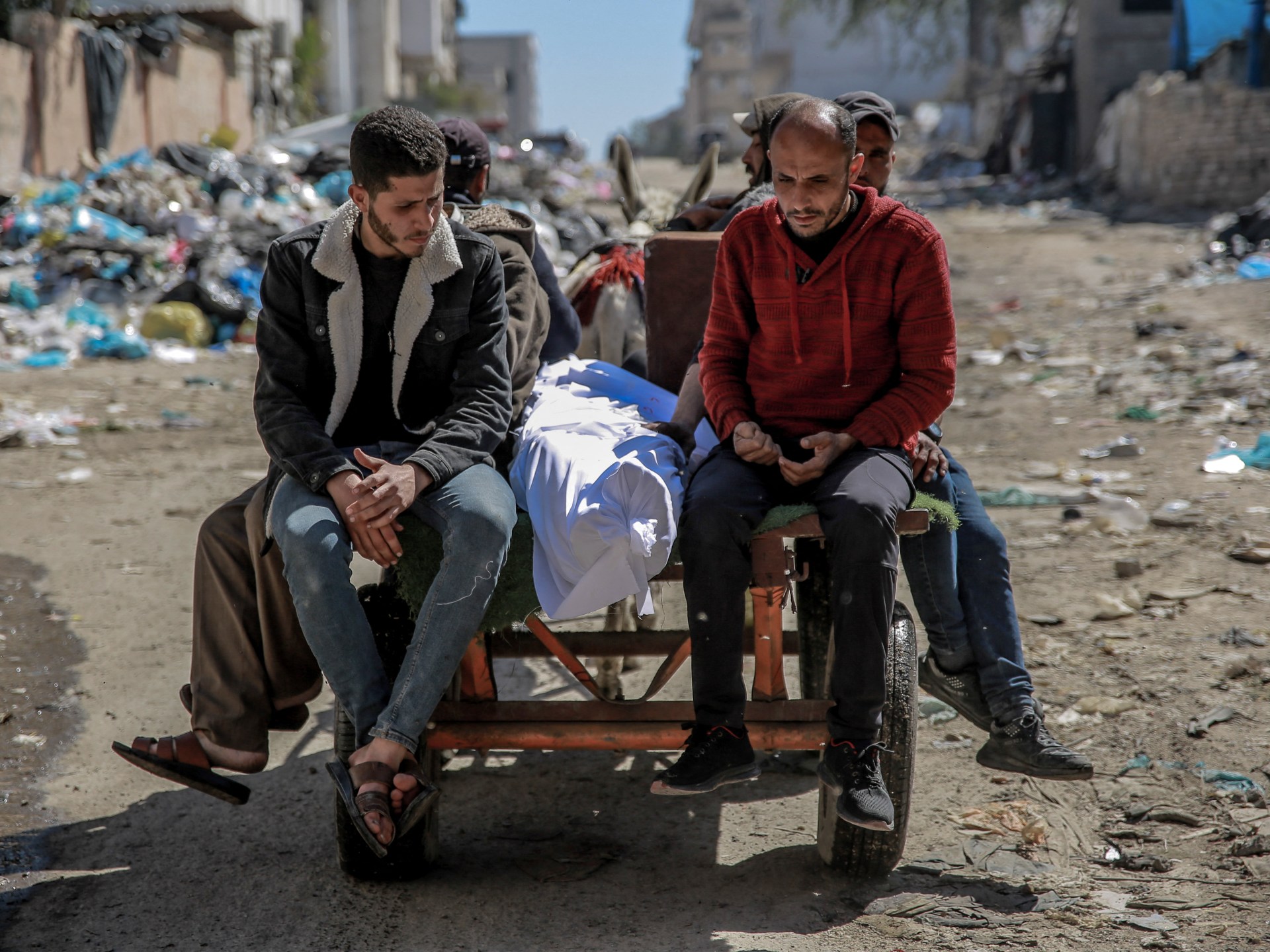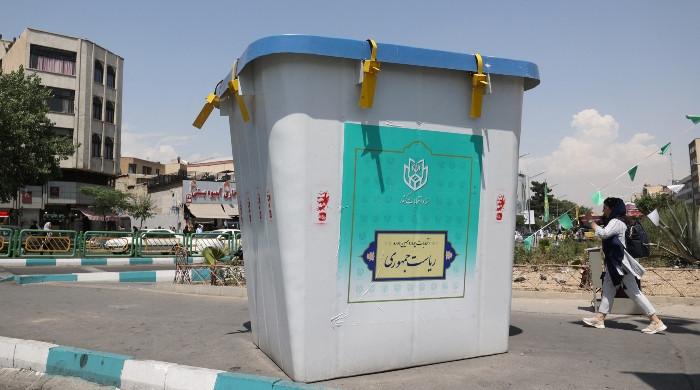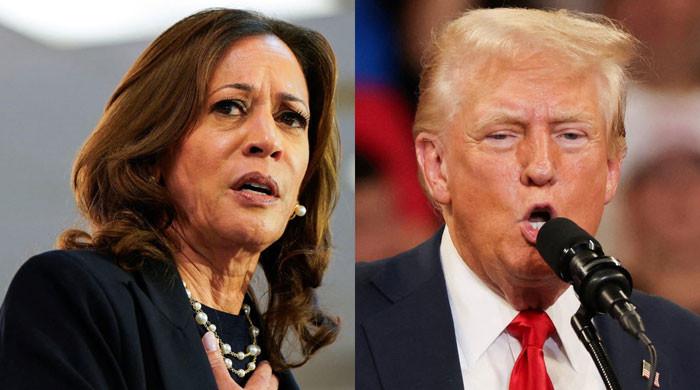As Israel continues to wage its genocidal war in Gaza, a rift in American society becomes increasingly pronounced. College students are challenging the political establishment on college campuses across the country.
One side opposes US support for Israel and profiting from investments in arms industries, while the other supports the Israeli offensive and has urged police action to break up student protest camps.
This dividing line reflects not only the growing intergenerational tensions in American society, but also how the media approaches coverage of Israel's genocidal war in Gaza.
Israel advocates in the United States have sought to focus media attention on alleged widespread anti-Semitic activity and disruptive violence at university protests.
This ploy has two objectives: to divert attention from the debate about Israel's US-backed genocidal war against the Palestinians and to silence pro-Palestinian voices by making criticism of Israel an anti-Semitic act punishable by law.
The evidence for the accusations against the student protesters is scant. However, mainstream media outlets have given them plenty of air time and front page space. As a result, those who oppose or support the Israeli war in Gaza now find themselves primarily debating the role of universities, the spread of anti-Semitism, and how the state and society should address both.
But the way the mainstream media has covered the campus protests is only one side of the story. The media themselves, like society, are fragmented and polarized. In fact, we must talk about three media: the main media outlets that constantly lose advertising and audience, and widely reflect the opinions of the governments of the United States and Israel; the fighting middle progressive independents who challenge dominant views but struggle to remain financially viable; and the kaleidoscopic world of social media that dominates young audiences under 30.
The Israeli war against Gaza has made clear how the consumption of these three different media segments is tied to age groups and ideological sentiments. In other words, different media serve different sides of the intergenerational fault line.
Surveys have consistently revealed a correlation between age and different political opinions: young people are more critical of the war and supportive of the Palestinians than older people.
A February survey by Pew Research showed that among Americans 65 and older, 47 percent were more likely to sympathize with Israelis and only 9 percent more likely to sympathize with Palestinians. Among young Americans under 30, a third favor the Palestinians, while 14 percent support Israel.
A whopping 60 percent of adults under 30 view Palestinians positively, while 46 percent view Israelis positively. Older Americans tend to view Israelis more positively than Palestinians.
Age also seems to determine the pattern of media consumption. An April survey by JL Partners showed that 59 percent of young people get their news through social media; the same percentage of people 65 and older depend on major television and cable channels.
People who get their news primarily from major television and cable channels “are more supportive of Israel's war effort, are less likely to think that Israel is committing war crimes, and are less interested in war in general,” wrote journalist Ryan Grim in the progressive media The Interceptar.
But Americans who rely on social media, podcasts and YouTube “generally side with the Palestinians, believe that Israel is committing war crimes and genocide, and consider the issue to be of great importance,” he concluded.
Americans who rely on social media see more stories and videos of the serious impact of Israel's war in Gaza, presumably increasing their concern about U.S. involvement in it. No wonder students are protesting the war so vehemently, demanding that their universities divest from companies that feed the Israeli military and cut ties with Israeli academic institutions.
Such demands challenge government policy and traditional pro-Israel groups, especially the elderly conservative political elite. This explains why Congress and President Joe Biden reacted so quickly against the student protests and, using the media, attempted to smear them with accusations of anti-Semitism.
Young Americans are less reliant on the mainstream media than their parents, largely because they see and feel its distortions, biases and gaps in information.
A good example of mainstream media bias can be seen in a recent analysis by Marc Owen Jones, a pioneering researcher of digital misinformation. His review of 100 New York Times articles about protests at American universities, published in April and early May, showed that the reports placed a lot of emphasis on equating the protests with anti-Semitism.
It also found that the terms “anti-Semitism” and “anti-Semitic” appeared 296 times, while terms like “Islamophobia” and “Islamophobic” only appeared nine times, even though both anti-Semitism and Islamophobia have been on the rise.
Additionally, a March analysis of New York Times reporting on the war by the monitoring group newyorkwarcrimes.com has similar conclusions. He also identified major disparities in the newspaper's sources of information on Palestine, which cited Israeli and American sources “more than three times as many as Palestinian sources.” Examining only quotes from officials, he found that “quotes from Israeli and American officials outnumber those from Palestinians nine to one.”
It should come as no surprise that young Americans live in a different media world, while older Americans fight hard to maintain the old one that continues to fuel wars around the world. More importantly, these trends have been moving in the same direction for many years, so they portend continued polarization in society, along with growing support for Palestinian rights and a balanced US position on the Israeli-Palestinian conflict.
The views expressed in this article are those of the author and do not necessarily reflect the editorial position of Al Jazeera.

